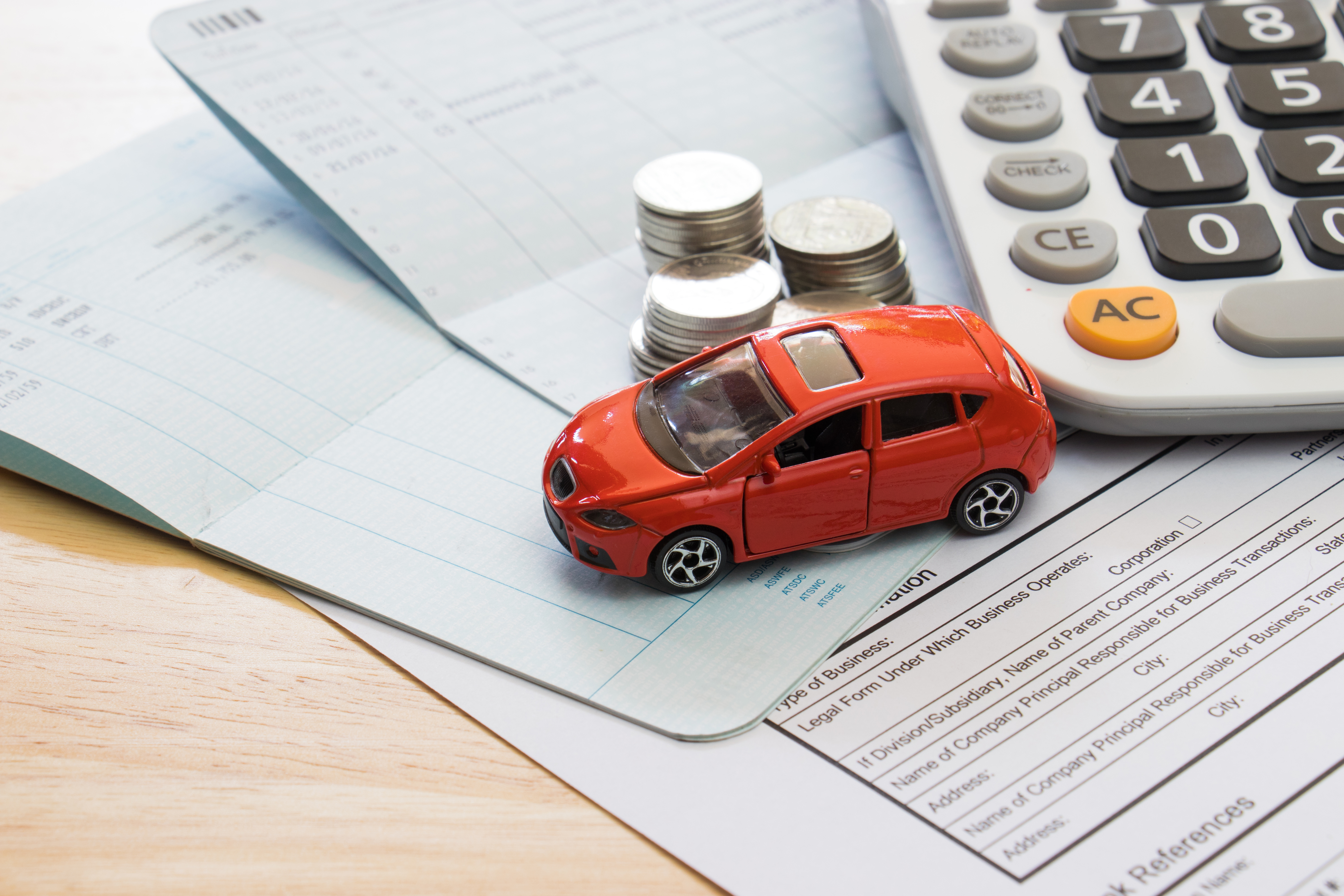While the average annual nationwide rate for full-coverage car insurance ranges from $1,600-$1,800, and from $500-$600 for partial coverage, monthly premiums and deductibles vary greatly depending on a range of factors. Being aware of each individual cost that makes up your car insurance rate might be painstaking, but it will go a long way in helping to ensure you're getting the best deal.
Mulberry's car insurance guide is a great place to start when researching the overall car insurance market. And if you're in the market for product protection for things like your car radio, speakers, aux cords, and more, subscribe to Mulberry Unlimited. You'll get coverage for all your online purchases under the same product protection plan, complete with unlimited claims and no deductibles, for just $9.99 a month.
The 5 main factors that influence car insurance costs
While it might seem confusing at first, finding car insurance isn't a difficult process. The list below will help develop your understanding of the key determinants that impact car insurance costs.
1. Vehicle type
The specific make and model of your car greatly affects the insurance rate. Classic cars, luxury vehicles, budget automobiles, and electric vehicles each offer different rates, and certain models have a wide range of premiums. Insurance for new cars is typically more expensive, as they often cost more to repair.
Perceived vehicle safety and risk levels also have a strong impact. Cars with high safety ratings or robust suites of security features often come with lower insurance costs, while cars that are likely to be stolen (i.e. Honda Accords, full-size Ford pickup trucks, or any sports car or luxury vehicle) typically demand higher premiums.
Some of the best cars for cheap insurance are the Subaru Forester, Mazda CX-30, and the Honda CR-V, while the car with the highest average insurance rate is the Maserati Quattroporte.
2. Driver characteristics
The characteristics and makeup of the driver can also have an influence on car insurance premiums, with things like age and experience all taken into account.
- Age. While the best car insurance rates for seniors and the best car insurance for young adults vary, they will usually be higher across the board when compared to rates for middle-aged drivers. Drivers in their mid-50s enjoy the lowest average premiums.
- Gender. Young male drivers usually face higher insurance rates than young women drivers, as they’re deemed more likely to take risks. Depending on the state, either women or men will have higher average costs.
- Years of driving experience. The best car insurance for new drivers will still usually be on the expensive side, while experienced drivers typically enjoy lower premiums. New driver car insurance and student car insurance will typically be more expensive.
- Various additional factors. A driver’s marital status, level of education, and job title can also impact the likelihood of accidents and traffic violations, and therefore have the potential to affect rates.
3. Driving record
The amount and severity of recorded violations and car accidents weigh heavily on car insurance premiums. Drivers with clean records will almost always pay less than those with citations in their driving history.
4. Place of residence
Almost all states require at least a minimum car insurance coverage, but the requirements and regulations differ.
- State. Things such as fault vs. no fault state policies (which determine whether or not drivers need personal injury protection (PIP)), accident and theft averages, and weather/natural disaster trends in a state will all impact insurance costs. Some of the most expensive states for coverage include California and Florida, while some of the least expensive are Ohio and North Carolina. Use MulberryCare’s car insurance comparison tool to help compare options in your state of residence.
- Home address within a city or town. Crime rates, traffic patterns, and the overall likelihood of accidents, damage, or theft near your specific address can have a massive impact on rates. Additionally, people who live in urban areas will typically pay more in car insurance than those who live in less-populated rural regions.
- Parking spot location. Drivers who park in areas with high crime, vehicle theft, or weather-related damage rates may pay more than those who regularly park in garages or suburban areas.
5. Vehicle usage and purpose
- Type of use. Commercial drivers usually pay more for car insurance than people who use their vehicle for personal use only.
- Driving frequency. Those who drive every day or frequently take long car trips often face higher costs than drivers who use their vehicles only on occasion.
Get product protection with Mulberry Unlimited
Regardless of where you live or what type of car you drive, everyone can save on car insurance thanks to Mulberry’s partnership with Insure.com. Check out Mulberry's user-friendly car insurance comparison tool to get an idea of your projected monthly premium, available for free, and the budget car insurance options available to you. Also be subscribe to Mulberry Unlimited for comprehensive product protection coverage on all your online purchases, for the ultimate peace of mind.






